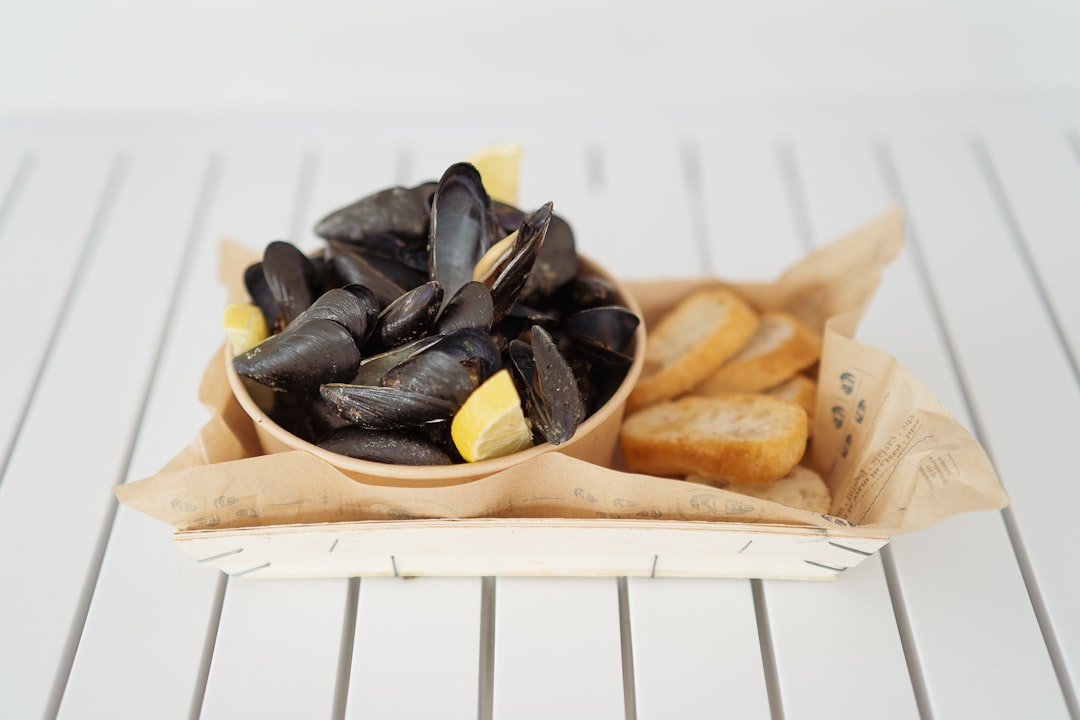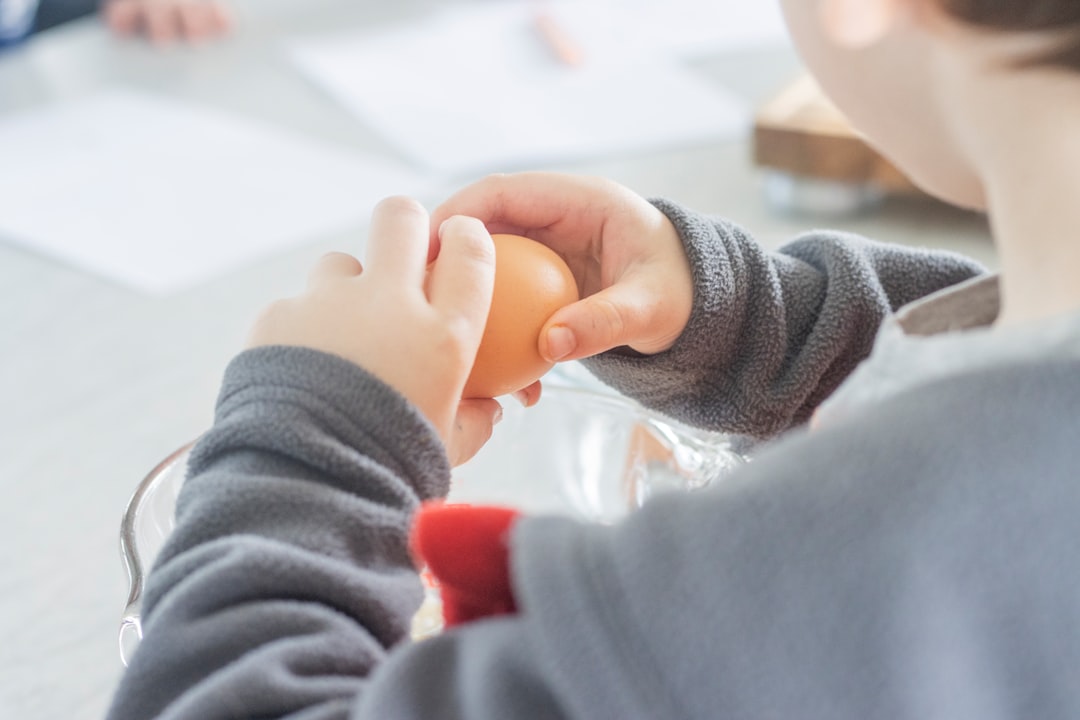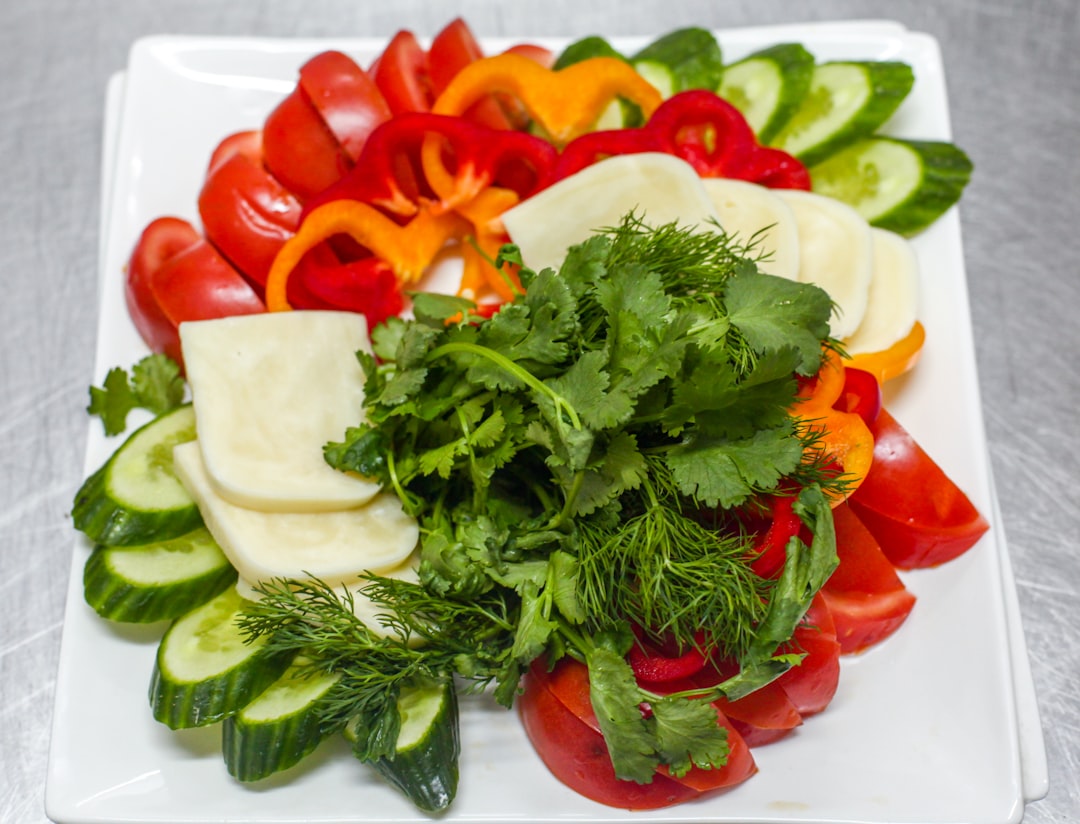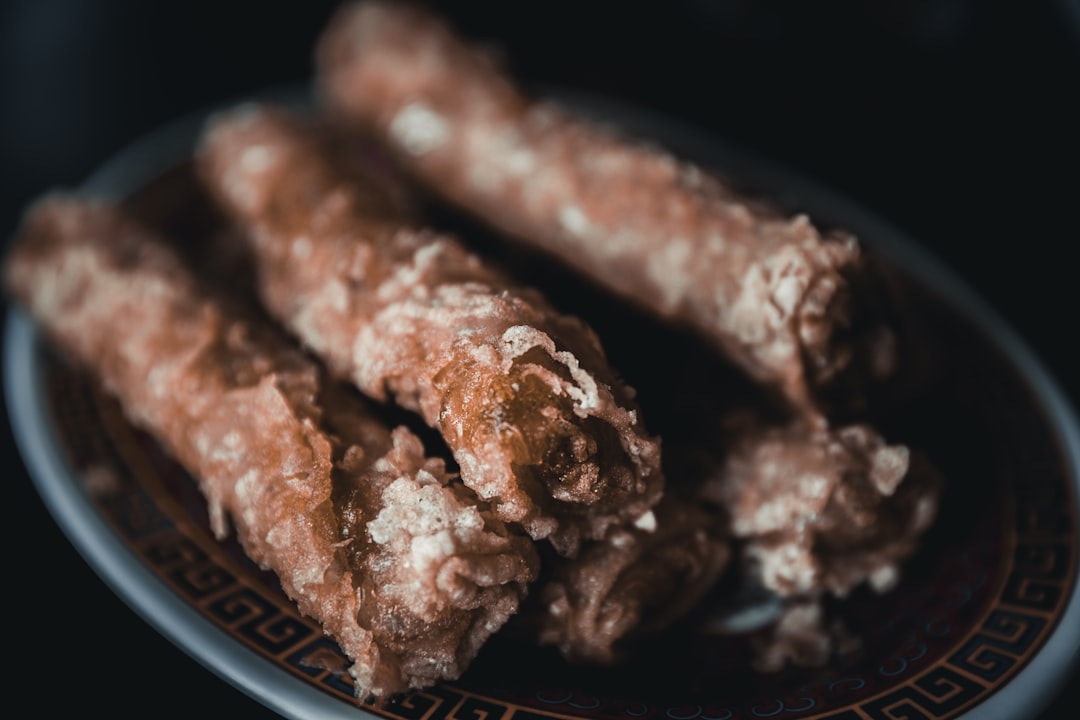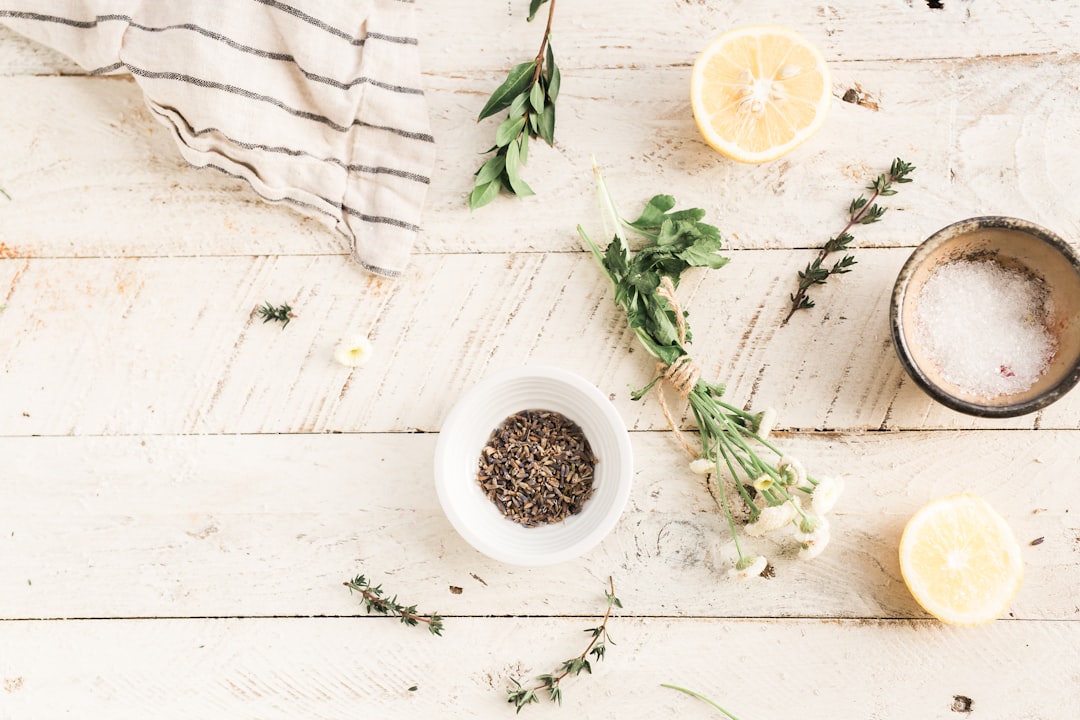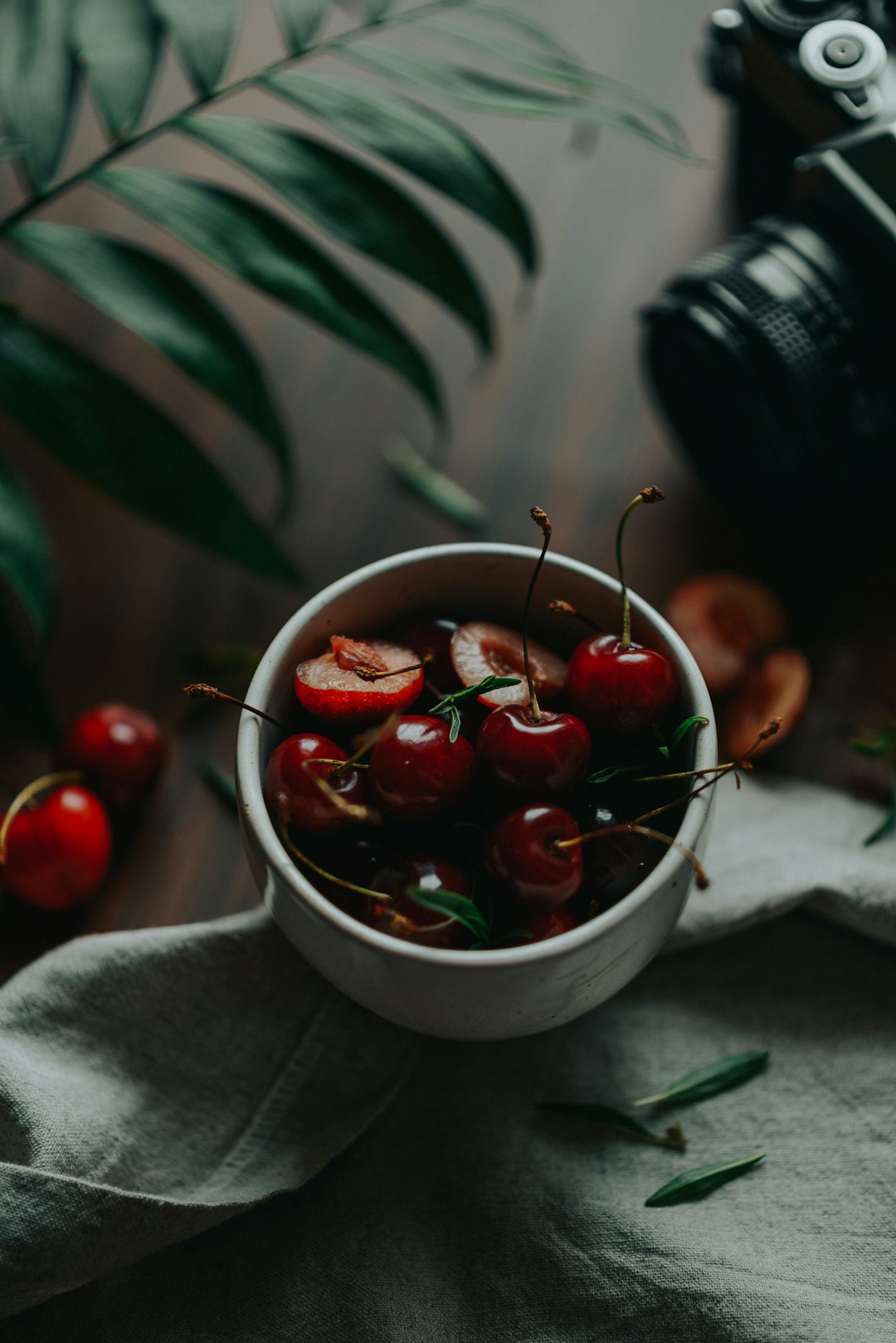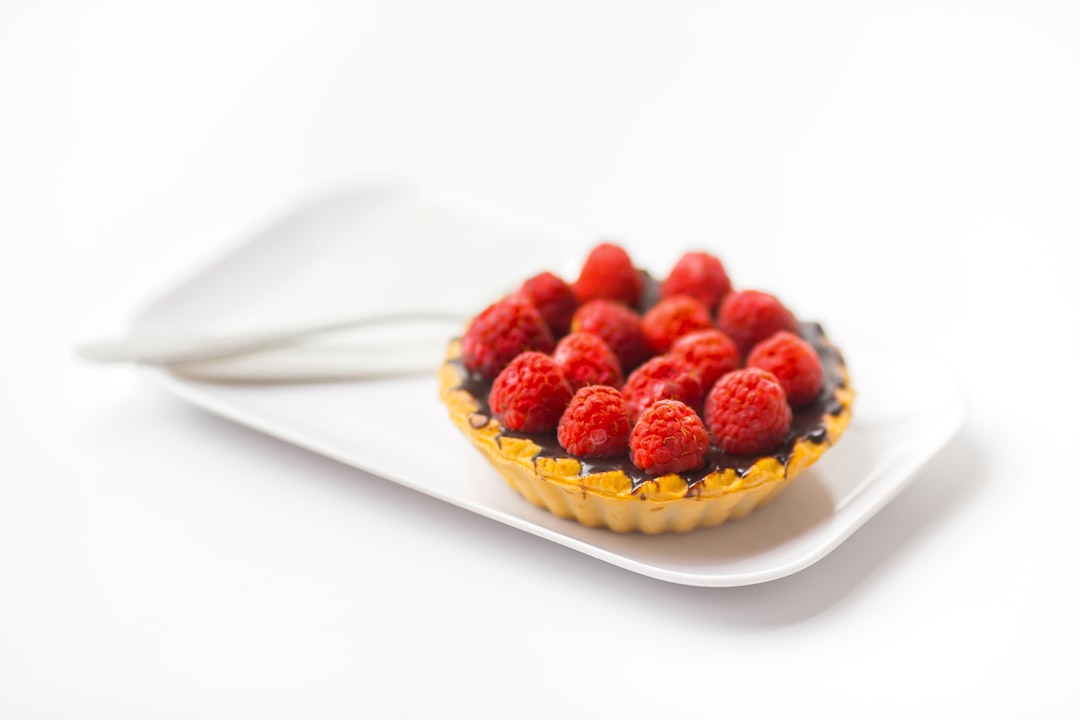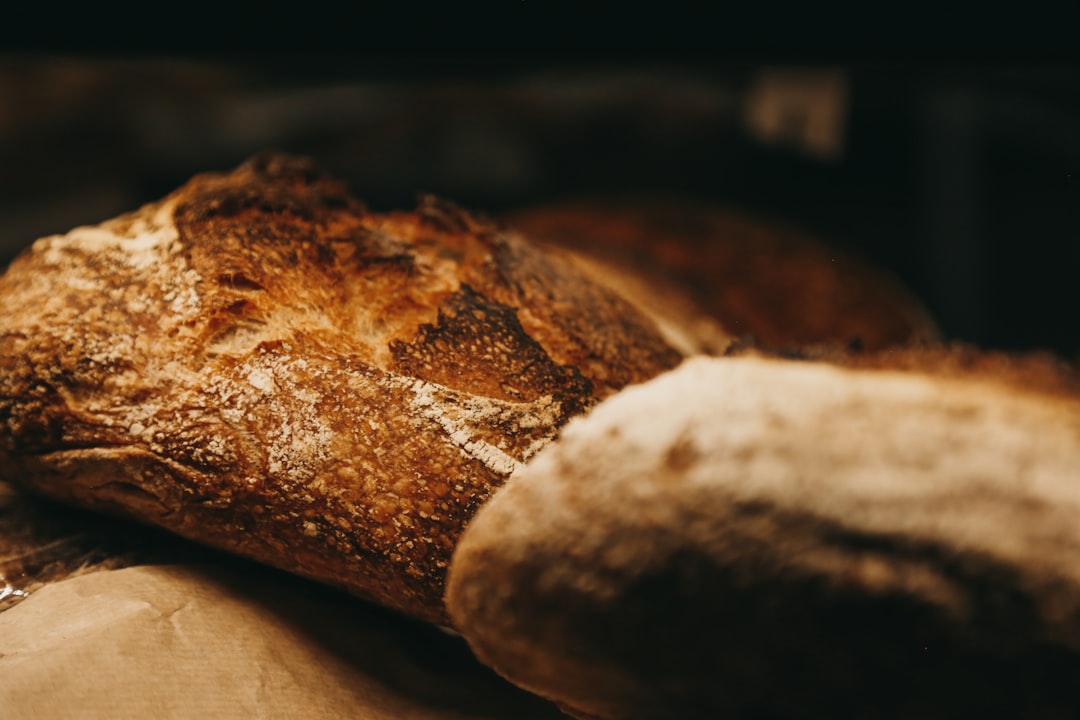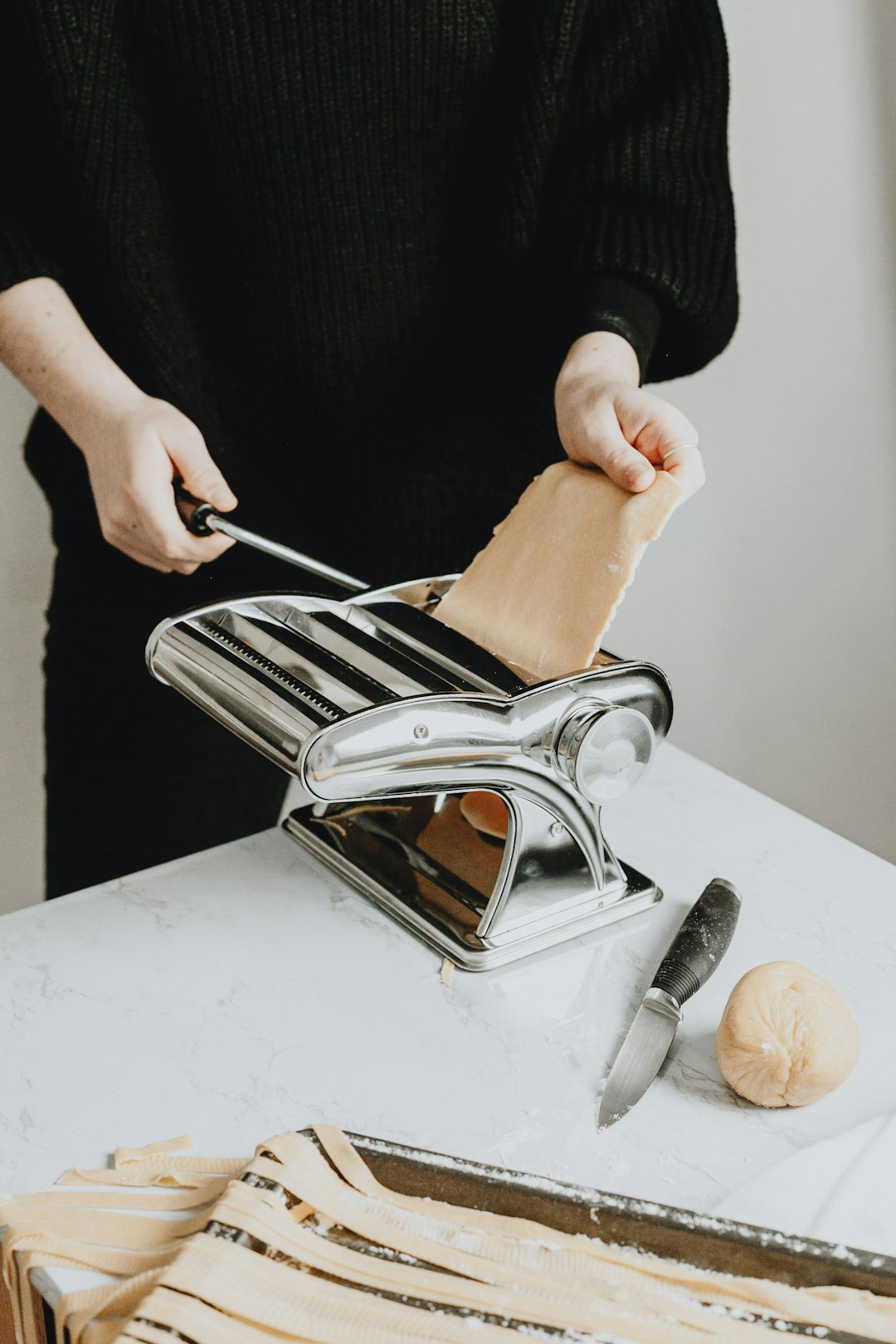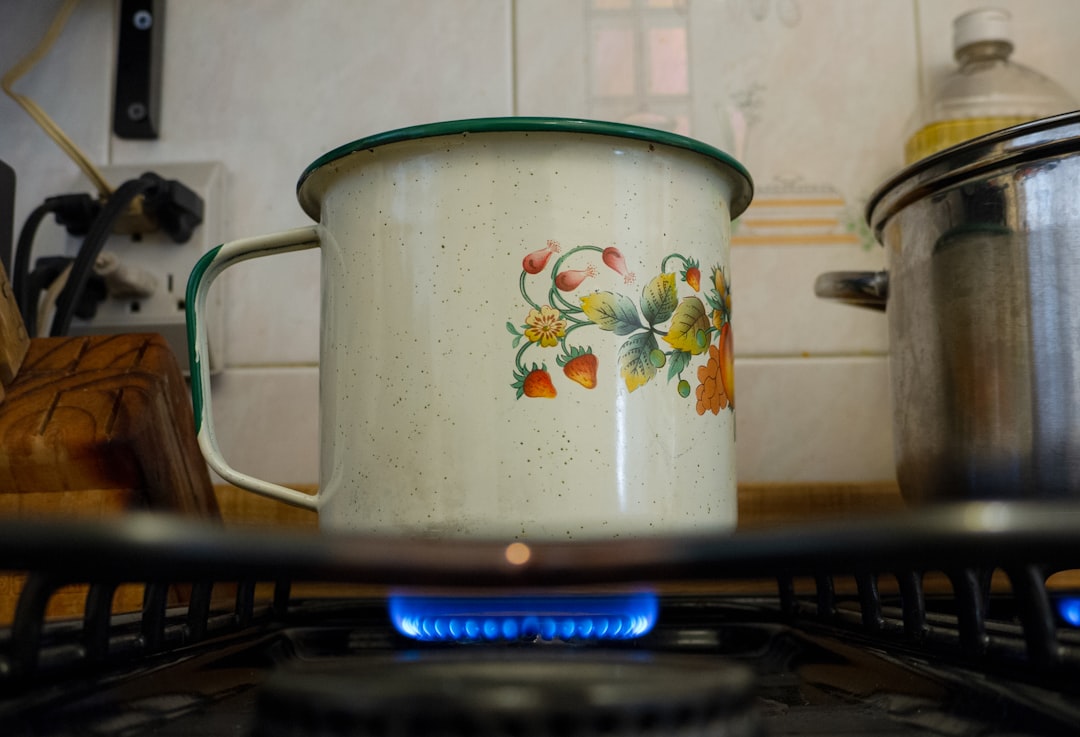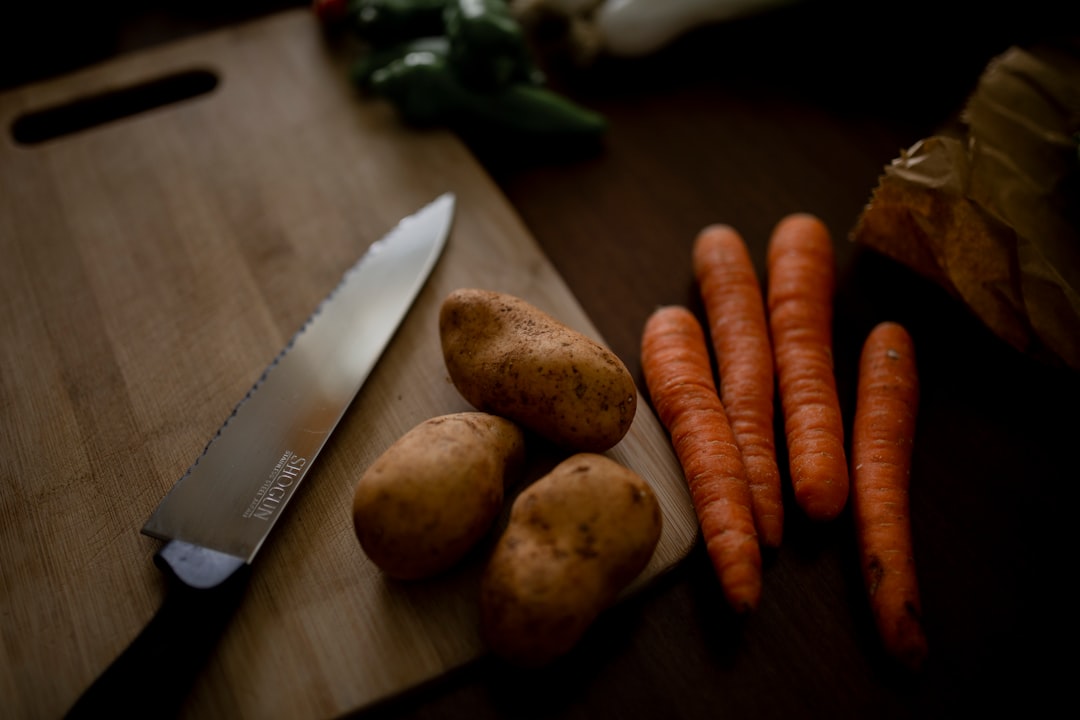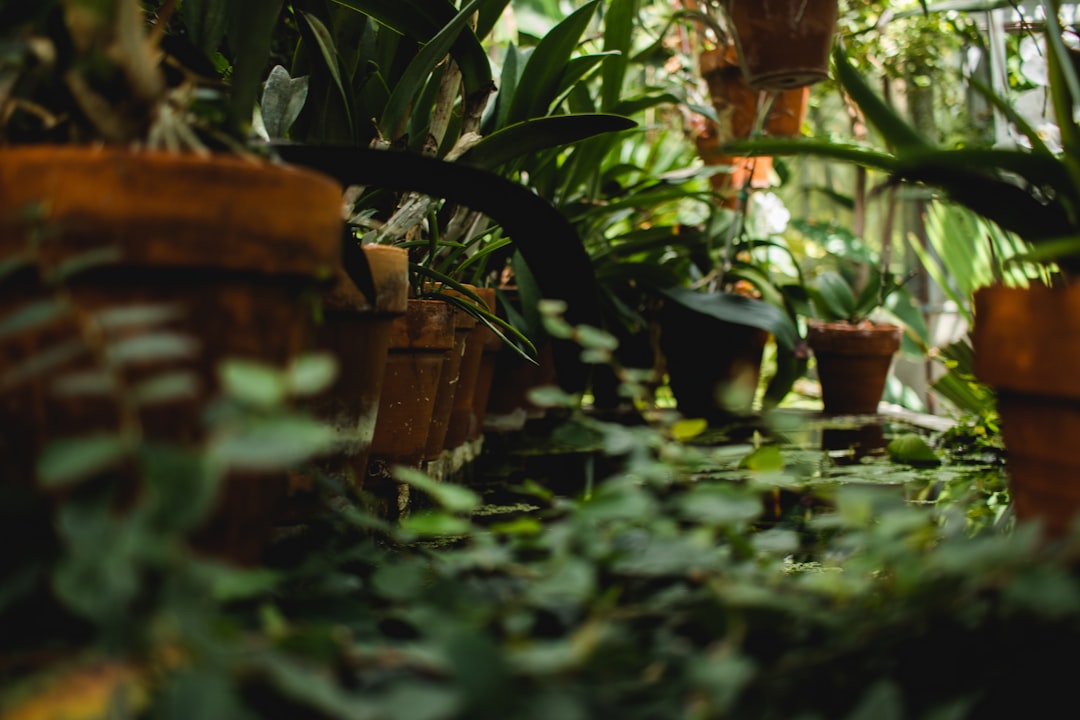
Food safety is a critical aspect of cooking that often gets overlooked. One of the most confusing areas is knowing what to wash before consumption. Take eggs, for example. When it comes to using eggs in omelets, baking recipes, or other culinary creations, the question of whether to wash them or not is a common one.
Our Test Kitchen director has spent countless hours researching and experimenting with different cooking techniques, and has some valuable insights on this matter. Eggs, in the United States, are typically washed and sanitized at the processing plant before they reach the grocery store. The washing process removes the natural protective coating on the eggs, called the bloom. This bloom acts as a barrier against bacteria, preventing them from entering the egg through the porous shell. Once the bloom is removed, the eggs are more vulnerable to contamination.
Government food safety experts also weigh in on the issue. They recommend that if you purchase eggs that have been pre - washed at the plant, you should not wash them again at home. Washing them again can actually introduce more bacteria to the egg surface. The water used for washing may contain contaminants, and if it seeps through the shell, it can contaminate the inside of the egg. However, if you get eggs directly from a farm where they have not been washed, it is a good idea to wash them gently with warm, soapy water before using. Make sure to dry them thoroughly, as moisture on the shell can also promote the growth of bacteria.
Now, let's talk about other common ingredients and their washing requirements. Fruits and vegetables are a staple in many diets, but not all of them need the same level of washing. For example, leafy greens like spinach and lettuce should be washed very carefully. These greens can harbor dirt, pesticides, and bacteria, especially if they are grown in soil. You can soak them in a bowl of cold water, swish them around gently, and then rinse them under running water. This helps to remove any debris and potential contaminants.
Root vegetables, such as carrots and potatoes, also need proper cleaning. Use a vegetable brush to scrub the surface of these vegetables under running water. This will remove any dirt or soil that may be stuck to them. However, if you are planning to peel the vegetables, a quick rinse may be sufficient.
Meats and poultry require special attention when it comes to washing. Contrary to popular belief, washing raw meats and poultry in the sink is not recommended. When you wash these items, the water can splash and spread bacteria around your kitchen, increasing the risk of cross - contamination. Instead, it is best to cook the meats and poultry to the appropriate internal temperature, which will kill any harmful bacteria.
Seafood is another category that needs careful handling. Fresh fish and shellfish should be rinsed briefly under cold water before cooking. However, make sure to pat them dry with a paper towel to prevent excess moisture during cooking. This will help to achieve a better texture and flavor.
In conclusion, understanding the proper washing techniques for different ingredients is essential for food safety in the kitchen. By following the advice of our Test Kitchen director and government food safety experts, you can ensure that your meals are not only delicious but also safe to eat. Whether you are a novice cook or an experienced chef, taking the time to learn about these basics will make a significant difference in your cooking experience.












